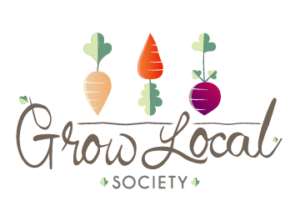Fall is in full swing! The leaves are falling, the air is crisp, and the rain is starting to fall – grab your jackets and go outside to see all the changes that are happening this season. Below are some fun DIY crafts that you can do with your children this fall:
Pinecone Birdfeeder
What you need:
- Pinecones
- String
- Peanut butter or vegetable shortening
- Oats
- Birdseed mix from the store
- Plate
Directions:
- Tie a string around the pinecone.
- Mix ½ cup peanut butter/shortening with ½ cup oats
- Use a spoon (or fingers) to spread the mixture onto the pinecone. Make sure to get the mixture into the open areas of the pinecone. It’s easier if the mixture is warm.
- Place birdseed on to a plate. Roll and press seed onto pinecone until well covered.
- Hang your pinecone feeder in a tree just outside your window, you can watch the birds come and energize themselves with the food you have provided them.
Leaf Prints
What you need:
- leaves from outside
- paper
- poster paint
- paintbrushes
- newspaper
Directions:
- Collect leaves from outside, fresh and fallen leaves both work
- Lay out newspaper on the table or floor to protect the surface and then put your paper on top
- get a plate to add your paint to, you may want to add a bit of water to make it a tad bit runnier
- take your leaf and paint the entire underside
- carefully flip the leaf over and press firmly on to the paper for several seconds to ensure it all transfers
- remove the leaf and you now have a leaf print! you can continue with different colours and different shaped leaves to create fun fall artwork
On Sunday, October 6 our POP Club kids will be learning about what’s in season this fall as they make fall fruit skewers. Learn more about the POP Club here and visit us at the market to register.
The POP Club is a farmer’s market-based kids program. Children (ages 5 – 12 years old) will learn about fruits and vegetables, local food systems and healthy food preparation through fun activities all season long.
Each week children will earn a $3 market token to use towards any fruit or vegetable of their choice. There is no cost to participate and the program runs every Sunday rain or shine!
